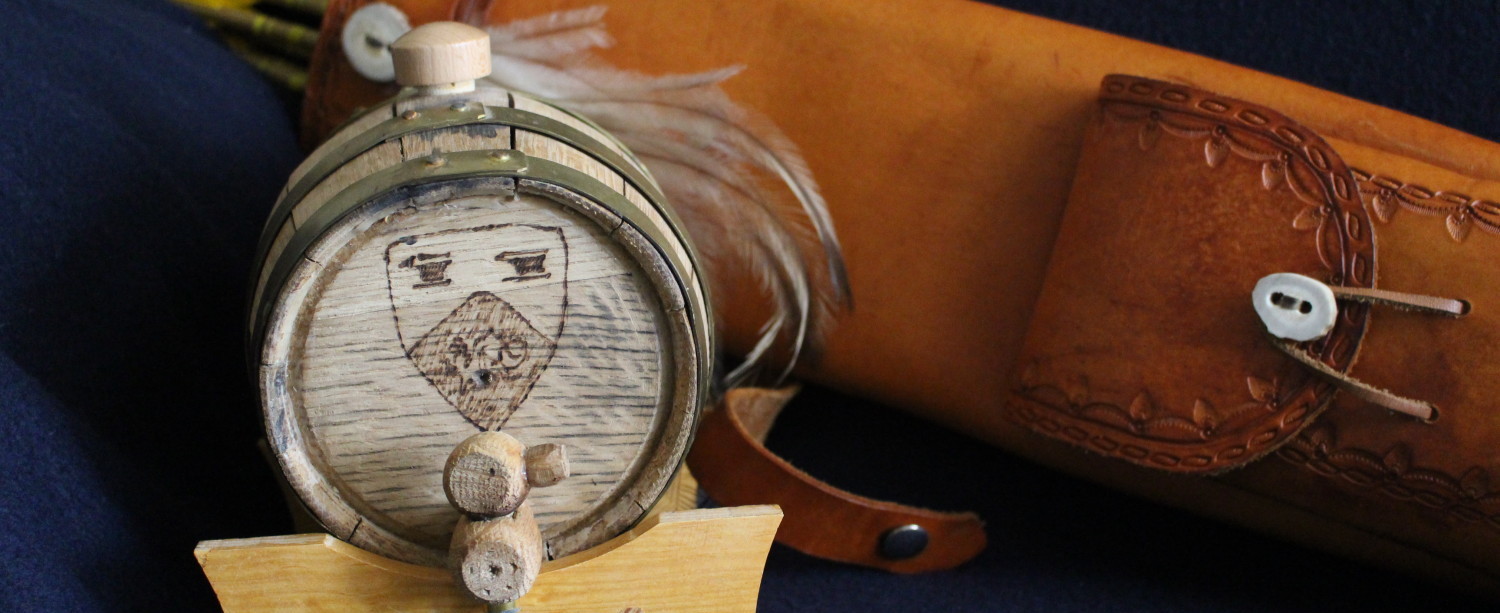S. Eubayanus as a Wine Yeast?
In previous posts, I wrote about the discovery of the yeast strain S. eubayanus, the likely candidate that produced a hybrid (with S. cerevisiae) that we now use in the production of lager beer. Genetic sequencing of the most widely used lager yeasts (S. pastorianus/S. carlsbergensis) shows a 99%+ match with the non-S. cerevisiae component of these cold-tolerant yeasts (see my paper on this issue). Historically, brewers used S. cerevisiae to produce ales that were fermented at higher temperatures. However, sometime in the 15th/16th centuries brewers in Bavaria began to produce beer at lower temperatures, reducing spoilage and producing a “cleaner” flavored beer that we now identify as “lager.”
Many, if not most, researchers believe that this ability to ferment at cooler temperatures resulted from a S. cerevisiae/S. eubayanus hybridization event or events. We are beginning to see researchers/brewers consider the use of S. Eubayanus alone as a potentially viable industrial yeast for brewing beer.
The latest publication related to the use of S. eubayanus for brewing diverges into wine-making. Magalhães, et al. (2017) published an article in the July issue of FEMS Yeast Research entitled, Exploring the potential of Saccharomyces eubayanus as a parent for new interspecies hybrid strains in winemaking.
I have asked the lead author for a copy of this article and will report on the results once I get a chance to pour through it.
Reference
Magalhães, F., Krogerus K., Castillo, S., & Gibson, B. R. (2017). Exploring the potential of Saccharomyces eubayanus as a parent for new interspecies hybrid strains in winemaking. FEMS Yeast Research. (Accepted for publication).


Comments
S. Eubayanus as a Wine Yeast? — No Comments
HTML tags allowed in your comment: <a href="" title=""> <abbr title=""> <acronym title=""> <b> <blockquote cite=""> <cite> <code> <del datetime=""> <em> <i> <q cite=""> <s> <strike> <strong>